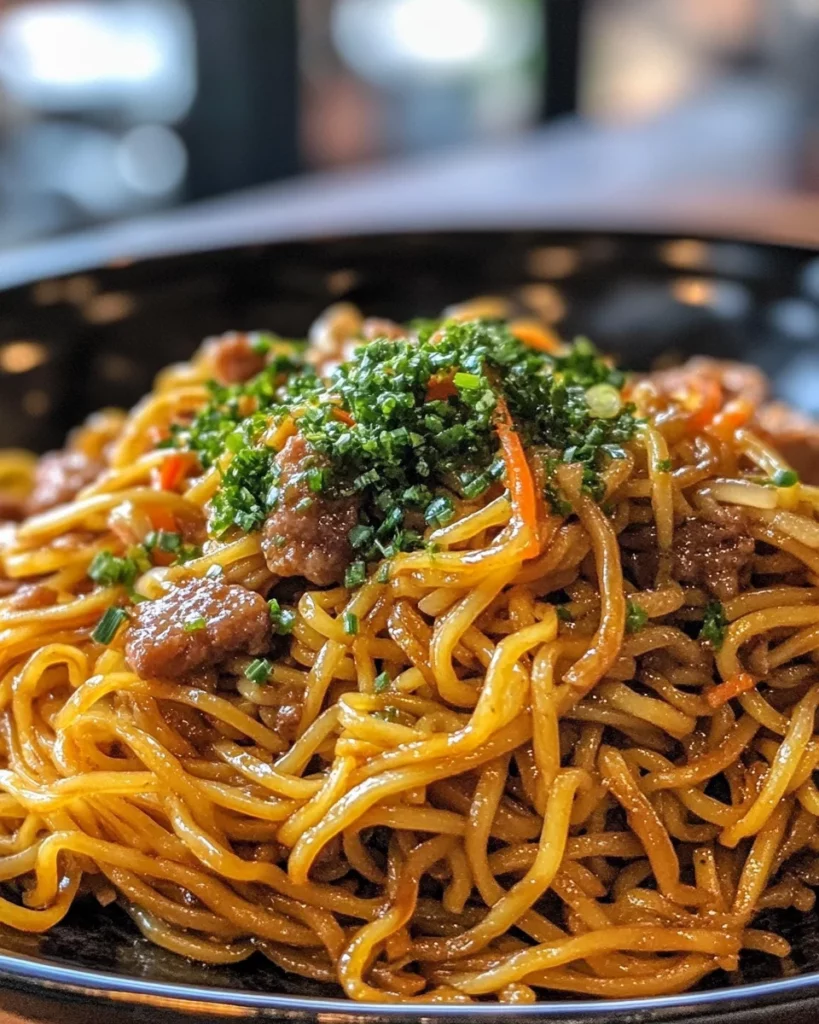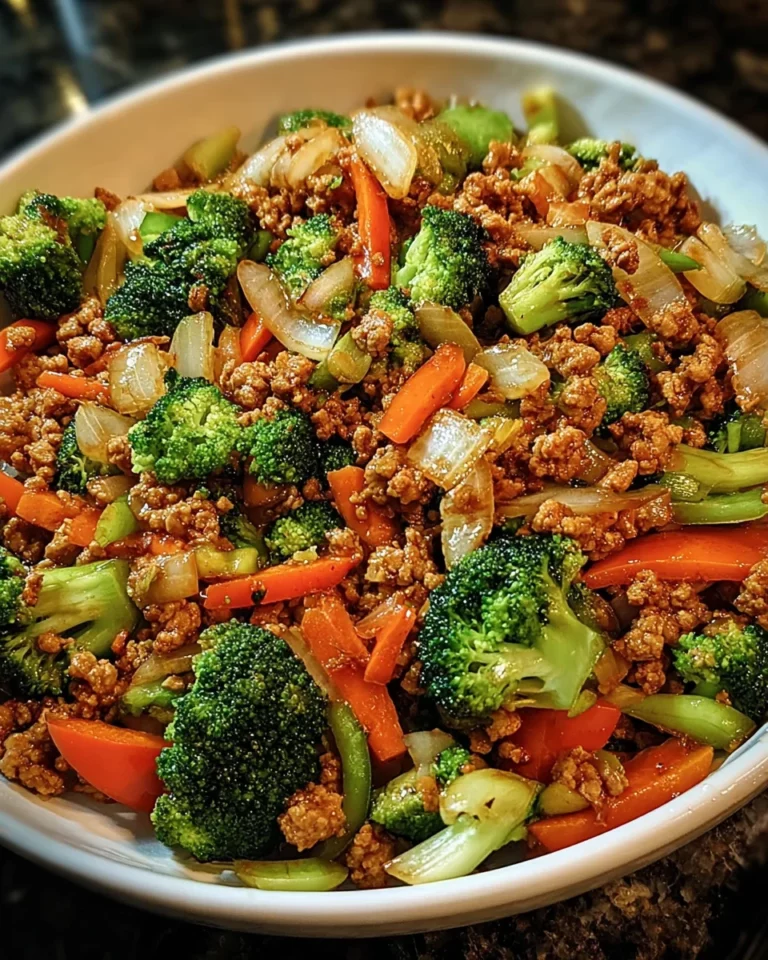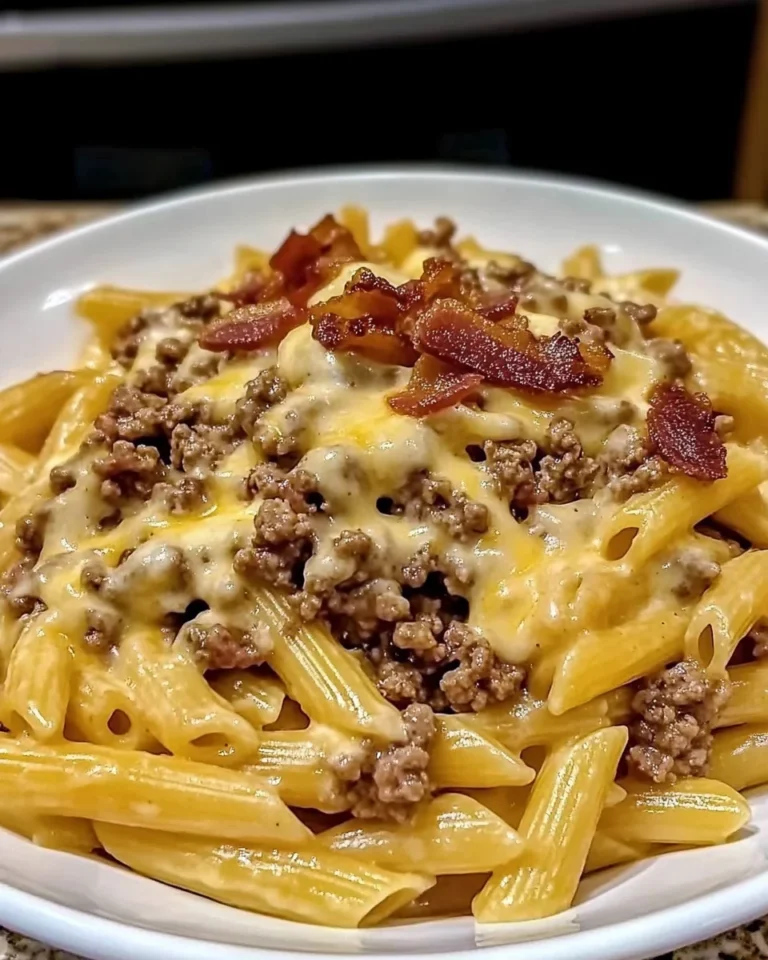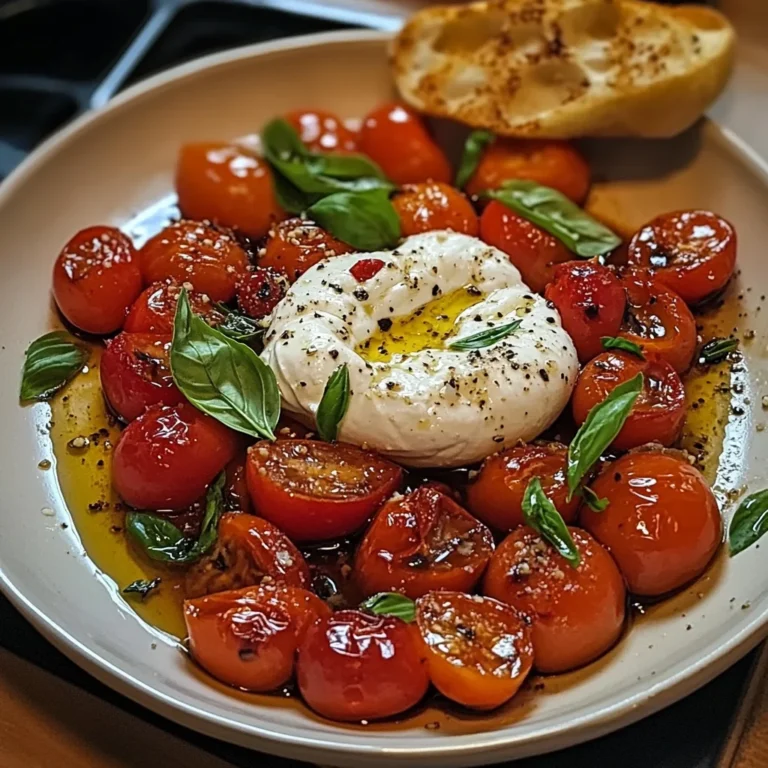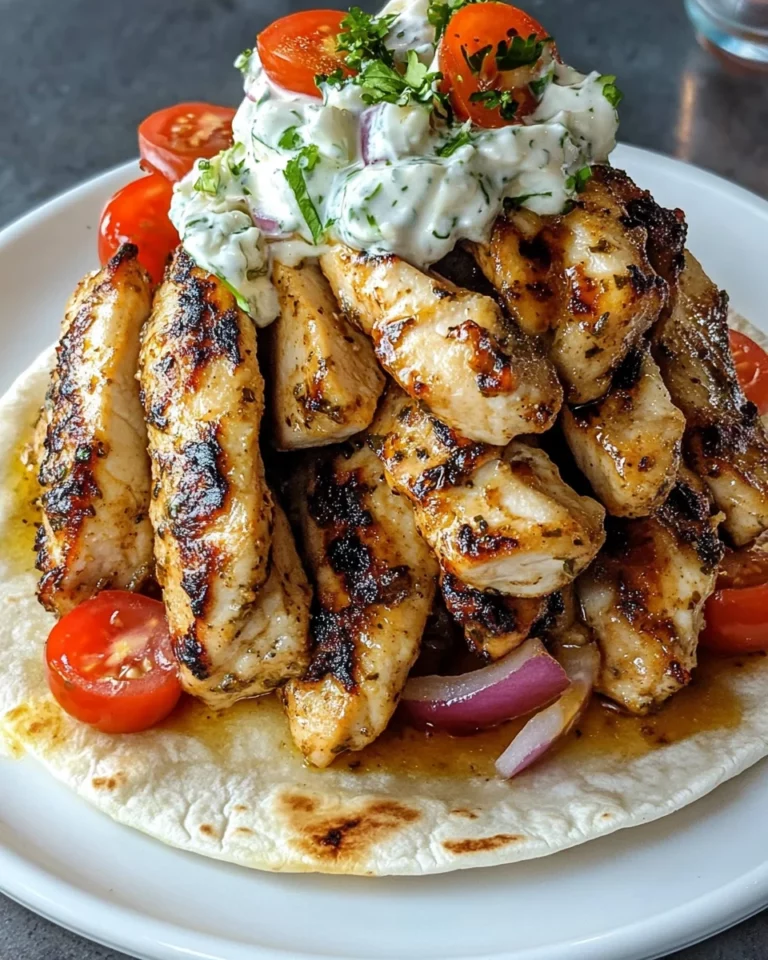Delicious Asian Stir-Fried Noodle Recipes
First things first — thank you, from the bottom of my heart, for stopping by today. Whether you’re here because you’re craving something flavorful for dinner or just exploring new dishes to spice up your weekly meal routine, I’m so glad you’re here. You’re in for a treat!
Today, I’m sharing some of my all-time favorite Asian stir-fried noodle recipes. Think fast, fresh, and full of umami — perfect for weeknights when time is short but your appetite is big. These dishes come together in one pan (yes, ONE!), burst with color and texture, and are incredibly flexible. I promised you versatile, and here’s proof!
1. Yakisoba (Japanese Stir-Fried Noodles)
There’s something so comforting about a hot plate of noodles—especially when they’re caramelized in a savory, sweet, slightly tangy sauce and tossed with tender pork and crisp veggies. Today, I’m thrilled to share a beloved Japanese street food classic: Yakisoba. It’s quick, cozy, packed with flavor, and absolutely perfect for weeknight dinners or casual weekend feasts.
Ingredients You’ll Need
Main Ingredients:
- 2 packs yakisoba noodles (fresh or pre-steamed)
- 100g pork belly or thinly sliced pork shoulder
- 1 cup green cabbage, roughly chopped
- 1 small carrot, julienned
- ½ onion, thinly sliced
- 1 tbsp oil (vegetable or sesame)
Yakisoba Sauce:
- 2 tbsp Worcestershire sauce
- 1 tbsp ketchup
- 1 tbsp soy sauce
- ½ tbsp oyster sauce
- 1 tsp sugar
Tools You’ll Need
- A large skillet or wok
- Tongs or chopsticks for tossing noodles
- Sharp knife for slicing
- Cutting board
How to Make Yakisoba (Step-by-Step)
1. Prep Like a Pro
Slice your pork thinly. Julienne the carrot, shred the cabbage, and thinly slice the onion.
In a small bowl, whisk together the yakisoba sauce ingredients.
2. Sear the Pork
Heat oil in a large pan or wok over medium-high heat. Add pork slices and cook until lightly browned and just cooked through. Remove from the pan and set aside.
3. Stir-Fry the Veggies
In the same pan, stir-fry the onions and carrots for about 1–2 minutes. Add the cabbage and cook until slightly wilted but still crisp.
4. Add the Noodles
Loosen your yakisoba noodles under warm water if they’re pre-steamed. Drain well.
Toss the noodles into the pan with the veggies.
5. Sauce It Up
Pour the yakisoba sauce all over the noodles and veggies. Return the pork to the pan.
Toss everything together until evenly coated and heated through.
6. Serve It Hot!
Plate it up and top with optional goodies like pickled ginger, Japanese mayo, or aonori seaweed flakes.
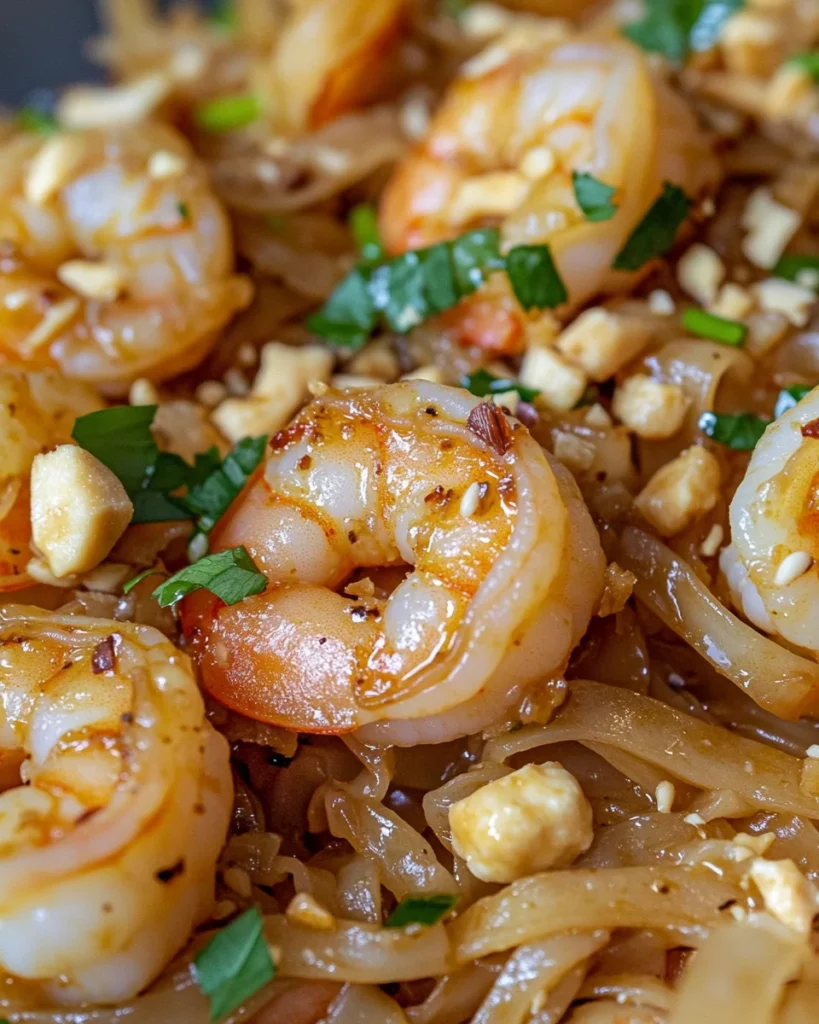
2. Shrimp Pad Thai
There’s a reason Pad Thai is one of Thailand’s most iconic dishes—it hits every note. Salty, sweet, tangy, and just a touch of spice, all tangled in chewy rice noodles and topped with juicy shrimp and crunchy peanuts. Every bite is a flavor adventure. And the best part? You can recreate this takeout favorite right at home, in under 30 minutes.
I just want to say—thank you for being here. Whether you’re a loyal weeknight recipe hunter or a Pad Thai first-timer, I’m so grateful we get to cook together.
Ingredients You’ll Need
Pad Thai Sauce:
- 3 tbsp fish sauce
- 1 tbsp oyster sauce
- 1½ tbsp tamarind paste
- 1½ tbsp brown sugar
- 1 tbsp soy sauce
Stir-Fry Base:
- 6 oz flat rice noodles (soaked 20–30 minutes in warm water)
- 2 tbsp vegetable oil
- 2 cloves garlic, minced
- 10 shrimp, peeled and deveined
- 2 eggs, lightly beaten
- 1 cup bean sprouts
- 2 green onions, sliced
- ¼ cup crushed peanuts
Optional Garnishes:
- Lime wedges
- Extra peanuts
- Chili flakes
- Cilantro
Tools You’ll Need
- Large skillet or wok
- Spatula or tongs
- Medium bowl (for sauce)
- Small bowl (for eggs)
- Cutting board & knife
How to Make Shrimp Pad Thai (Step-by-Step)
1. Soak the Noodles
Place rice noodles in warm water for 20–30 minutes until pliable. Drain and set aside.
2. Mix the Sauce
In a small bowl, stir together fish sauce, oyster sauce, tamarind paste, brown sugar, and soy sauce. Set aside.
3. Cook the Shrimp
In a large skillet or wok, heat 1 tbsp oil over medium-high heat. Add shrimp and cook until pink and slightly curled (about 2–3 minutes). Remove and set aside.
4. Cook Garlic & Eggs
Add remaining oil to the pan. Sauté garlic until fragrant (about 30 seconds).
Push garlic aside and pour in the eggs. Scramble gently until just set.
5. Noodles + Sauce = Yum
Add the soaked noodles and pour the sauce over. Stir constantly to combine and caramelize the sauce—this is where the flavor magic happens.
6. Bring It All Together
Return the shrimp to the pan along with bean sprouts and green onions. Toss well until everything’s heated through and beautifully saucy.
7. Serve & Garnish
Plate the Pad Thai and top with crushed peanuts, a squeeze of lime, chili flakes, and fresh cilantro if desired.
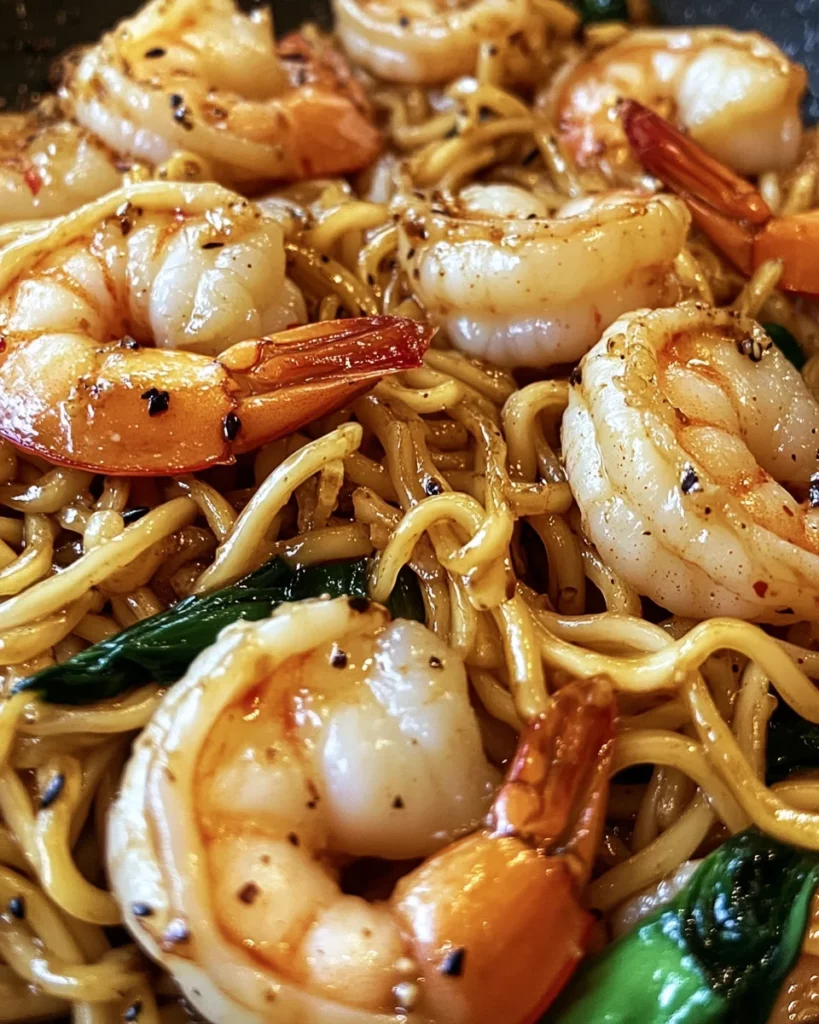
3. Irresistible Shrimp Chow Mein
There’s something so undeniably satisfying about a hot, saucy plate of Shrimp Chow Mein—those golden egg noodles mingled with tender shrimp, crisp vegetables, and a savory, slightly sweet sauce that clings to every strand. It’s fast, comforting, and loaded with flavor. Honestly? I’m kicking myself for not having shared this one sooner!
First, thank you so much for joining me again. Whether you’re here for your weekly dinner inspo or just stumbled upon this chow mein craving, I’m so happy to have you.
Ingredients You’ll Need
Main Ingredients:
- 3 tbsp cooking oil (vegetable, canola, or avocado)
- 1 lb raw shrimp, peeled and deveined
- 1 small carrot, thinly sliced
- 8 oz green cabbage, thinly sliced
- 2 cloves garlic, minced
- ½ tsp minced ginger
- 15 oz egg noodles
- 2 stalks green onion, sliced
Sauce:
- 2 tbsp oyster sauce
- 1 tbsp soy sauce
- 2 tsp sesame oil
- 1 tsp brown sugar
- 2 tbsp water
- Pinch of black pepper
Tools You’ll Need
- Large skillet or wok
- Tongs or chopsticks for tossing
- Medium bowl for sauce
- Cutting board and sharp knife
How to Make Shrimp Chow Mein (Step-by-Step)
1. Prep Everything
Slice your cabbage, carrot, and green onion. Mince garlic and ginger.
Mix the sauce ingredients in a small bowl and set aside.
2. Cook the Shrimp
Season shrimp lightly with salt and pepper.
Heat 1 tbsp oil in a large skillet or wok. Sear shrimp for 30 seconds to 1 minute per side—just until they turn pink. Remove and set aside.
3. Sauté the Aromatics
Add the remaining oil to the same pan. Toss in garlic and ginger, stir-fry until fragrant (about 30 seconds).
4. Cook the Veggies
Add sliced carrots and cabbage. Stir-fry for 1–2 minutes, just until slightly tender but still crisp.
5. Add Noodles & Sauce
Add the cooked egg noodles (boil beforehand if using dry) and pour the sauce over the top. Toss everything together until noodles are evenly coated and glossy.
6. Finish with Shrimp & Green Onion
Return shrimp to the pan and toss in the sliced green onions. Stir-fry everything together for 1 more minute, just to heat through.
Serve immediately while it’s hot, saucy, and absolutely irresistible
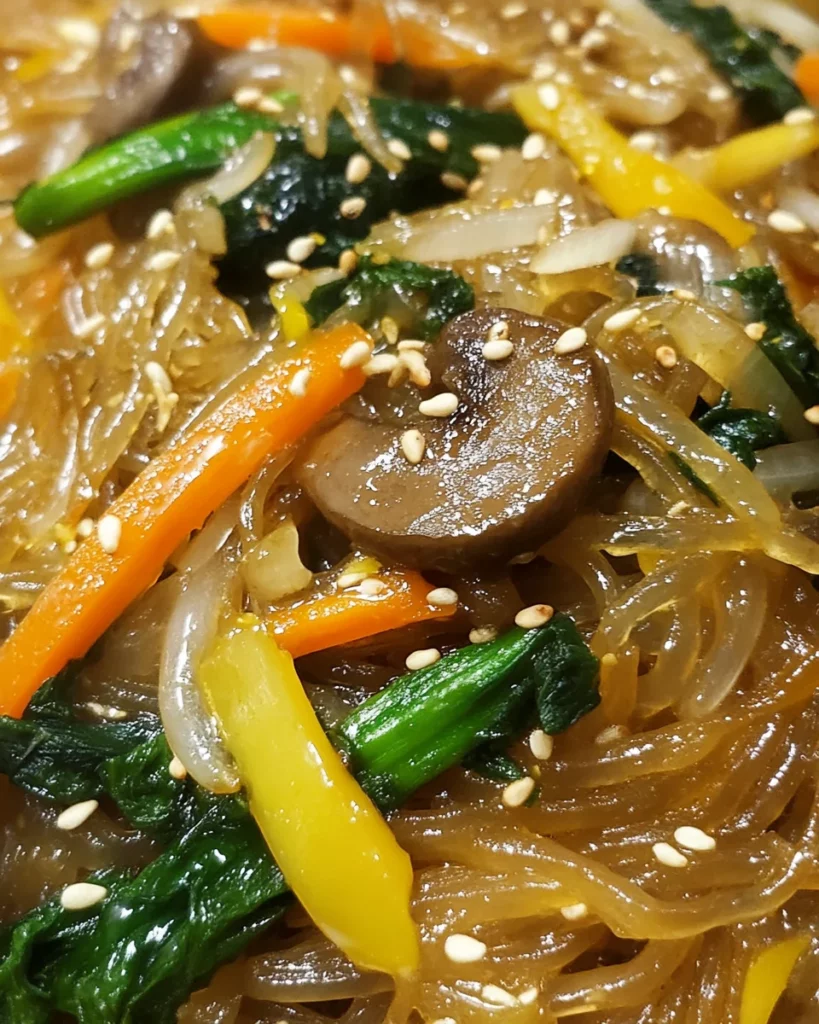
4. Japchae (Korean Glass Noodles)
I can’t even tell you how many times I’ve made Japchae and watched everyone at the table go completely quiet—the kind of silence that only comes from total noodle bliss. Japchae isn’t just a dish; it’s a Korean celebration on a plate: tender beef, chewy glass noodles, rainbow veggies, and a sesame-soy glaze that makes every bite sing.
But before we dive into the colors, textures, and gorgeous flavors, I just want to say how grateful I am that you’re here. Sharing recipes like this is such a joy—and getting to cook with you makes it even better.
Ingredients You’ll Need
Beef Marinade:
- ½ lb beef, thinly sliced (sirloin or ribeye work beautifully)
- 2 tsp soy sauce
- 2 tsp sugar
- 2 tsp garlic, minced
- ½ tsp black pepper
Japchae Sauce:
- ¼ cup soy sauce
- 2 tsp sugar
- ½ tsp garlic, minced
- 1½ tbsp sesame oil
- ½ tsp salt
- ½ tsp black pepper
Noodles & Veggies:
- 250g Korean sweet potato noodles (dangmyeon)
- 4 tbsp vegetable oil, divided
- 2 eggs, lightly beaten
- 1 tsp salt, divided
- ½ yellow onion, sliced
- 3 green onions, whites and greens separated
- 200g shiitake mushrooms, sliced
- 1 carrot, julienned
- 1 red bell pepper, sliced
- 4½ cups baby spinach
- 2 tbsp toasted sesame seeds
Tools You’ll Need
- Large skillet or wok
- Large mixing bowl
- Pot for boiling noodles
- Sharp knife and cutting board
- Chopsticks or tongs for tossing
Step-by-Step: How to Make Japchae
1. Marinate the Beef
In a small bowl, mix beef with soy sauce, sugar, garlic, and black pepper. Set aside to marinate while prepping everything else.
2. Make the Sauce
In a very large bowl, whisk together soy sauce, sugar, garlic, sesame oil, salt, and black pepper.
Pro tip: This bowl is where everything will come together later.
3. Cook the Noodles
Boil the sweet potato noodles according to package directions (usually about 6–7 minutes).
Drain and rinse under cold water. Add the noodles to the sauce bowl, but don’t mix just yet.
4. Make the Egg Ribbons
In a nonstick skillet, cook the beaten eggs into a thin omelet. Let cool, then slice into strips.
5. Stir-Fry the Veggies – First Round
In a little oil, sauté onions, white parts of green onions, and mushrooms with ½ tsp salt until tender. Transfer to the bowl with noodles.
6. Stir-Fry the Veggies – Second Round
Next, cook carrots, bell pepper, spinach, and green onion greens with the remaining ½ tsp salt. Add to the bowl.
7. Cook the Beef
Sear marinated beef in the same skillet until just cooked through. Add to the bowl, along with most of the egg ribbons and sesame seeds.
8. Toss It All Together
Now mix everything well—use tongs or your hands (gloved if preferred). Make sure the noodles soak up all that gorgeous sauce and every ingredient is evenly distributed.
9. Garnish & Serve
Serve warm or at room temp, topped with the remaining sesame seeds and egg ribbons.

